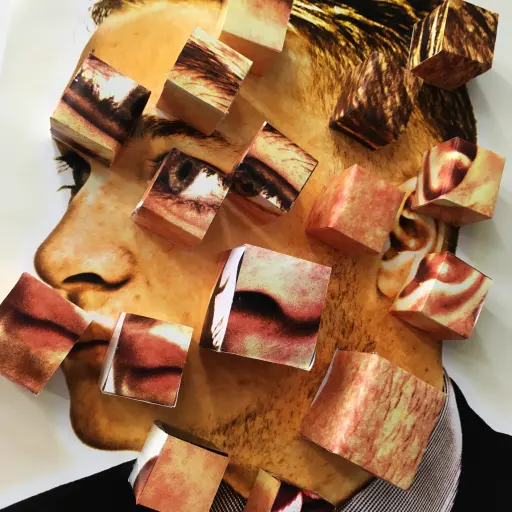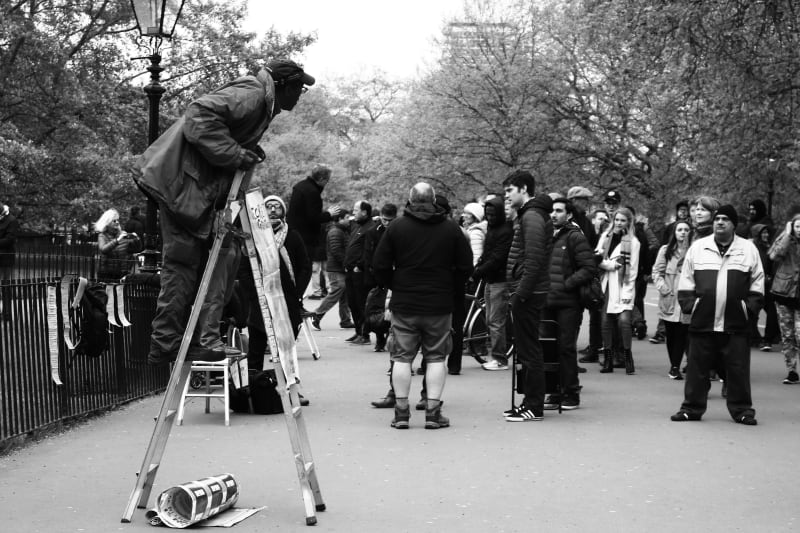Three-Dimensional Design
Three-Dimensional Design covers a wide range of areas within design from Architecture through to Product Design.
Within the 3D Design endorsement, which comes under the same specification as Art and Photography, we cover a wide range of areas within design from Architecture through to Product Design. The endorsement has absolute flexibility and scope for pursuing individual design interests and weighting their interests towards different areas of 3D design.
Oratory Design Department
About
Three-Dimensional Design is defined here as the design, prototyping and modelling or making of primarily functional and aesthetic consumer products, objects and environments. Learners can choose one or more area(s) of study including but not exclusively architectural design, product design, environmental/ landscape design, as well as design and communication work. Candidates will be expected to develop their skill set and knowledge across computer-aided design, model making, prototyping, constructing, assembling. An understanding of the relationship between form and function is essential. Learners must explore practical and relevant critical and contextual sources such as the work of historical and contemporary three-dimensional designers and the different purposes, intentions and functions of three-dimensional design as appropriate to their own work.
Learners beginning this course are not expected to have studied Design and Technology previously.
Curriculum
GCSE Three-Dimension Design
Portfolio (Coursework)
Portfolio of practical work (01) 120 Marks
Non-exam assessment (internally assessed and externally moderated)
60% of total GCSE
Learners should produce:
• a portfolio of practical work showing their personal response to either a starting point, brief, scenario or stimulus, devised and provided by the learner or centre.
Externally Set Task
The early release paper will be issued on 1 January and will provide learners with a number of themes, each with a range of written and visual starting points. A response should be based on one of these options. Preparation time and the date supervised time period is set by the centre, usually about 6-8 working weeks.
GCSE externally set task (02) 10 hours 80 marks.
Non-exam assessment (internally assessed and externally moderated). 40% of total GCSE.
A Level Three-Dimensional Design
Within the 3D Design endorsement, which comes under the same specification as Art and Photography, we cover a wide range of areas within design from Architecture through to Product Design. The endorsement has absolute flexibility and scope for pursuing individual design interests and weighting their interests towards different areas of 3D design.
In the first term students will explore a wide variety of visual communication methods, and work with industry-standard CAD software such as Solidworks, Fusion 360, Photoshop, laser cutters, 3D printers, wood and metal-working machines and vacuum forming. They will experiment with materials and processes, enabling them to produce a well-reasoned and rational design solution in response to their own set challenges. 3D Design is well placed to allow pupils the opportunity to utilise their expertise from any number of GCSE subjects and combine their own interests in design. A strong work ethic and an interest in the design are essential; however, the study of any form of design at GCSE or ability to draw is by no means essential. Drawing for design using perspective projection systems will be taught.
More information about the specification and the separate endorsements is available on the Pearson Edexcel Website here:
https://qualifications.pearson.com/en/qualifications/edexcel-a-levels/art-and-design-2015.html
Beyond the Course
This syllabus supports progression into further education, training or employment. Higher education opportunities and beyond could include:
· Foundation studies in Art and Design;
· Higher National Diplomas in Art and Design;
· Foundation Degrees in Art and Design;
· Honours Degrees in Art and Design; Product Design, Film, Graphics or Architecture, Industrial Design, Textiles, Theatre Design, Civil Engineering, Mechanical Engineering, etc.
· Apprenticeships or other training.
In addition to providing a secure foundation for study in higher education, the syllabus equips candidates with a range of skills in business, education and the arts. The syllabus is intended to meet the needs of the following groups of candidates:
· Those who, while having an interest and aptitude in the subject, are not intending to study the subject beyond A Level.
· Those who will undertake further studies in Art and Design.
Should students not be looking to pursue Art and Design beyond A Level, these courses will enable them to demonstrate genuine problem-solving, independent learning skills, and time management skills, ensuring all our students are prepared for the world of higher education or employment. Most importantly it will enable candidates to be visually literate in a world where image, creative ideas, marketing, branding, identification and efficient graphic communication are paramount.


